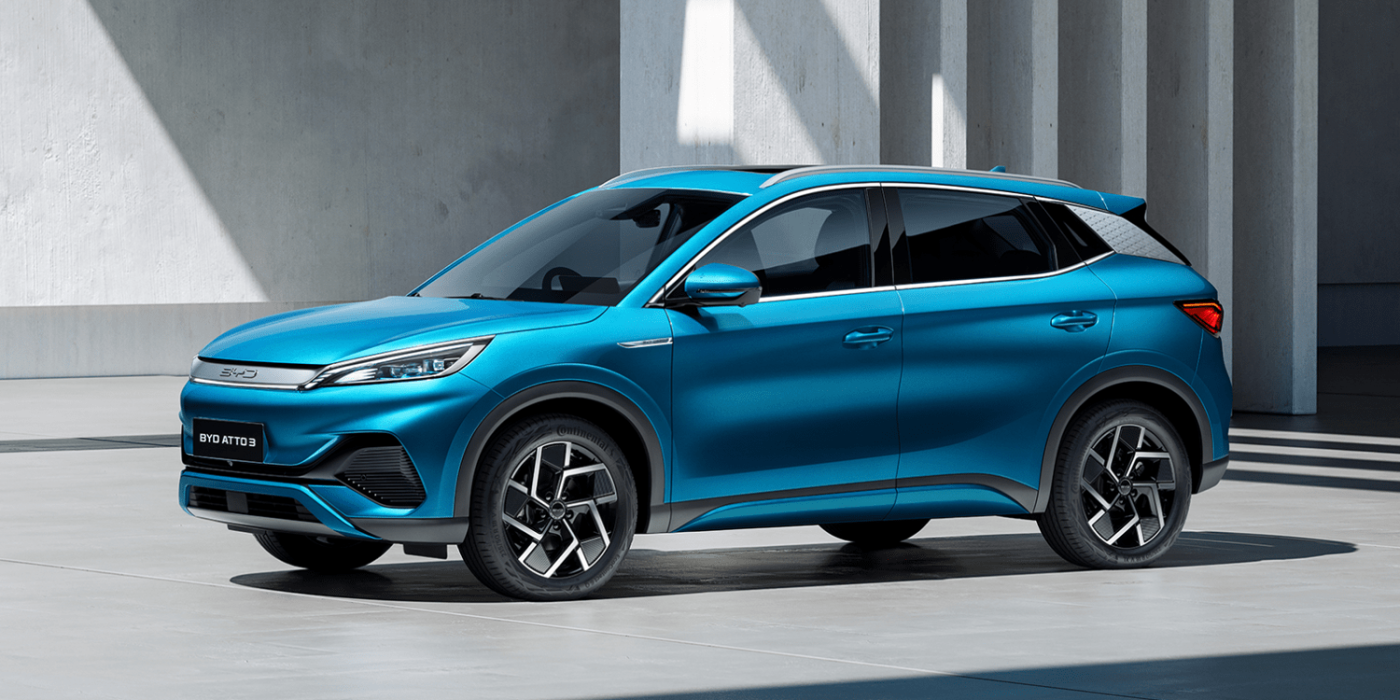Over 900,000 NEVs sold in China over September
The monthly registration figures for electrified vehicles in China continue to climb: according to figures from the China Association of Automobile Manufacturers (CAAM), sales of so-called new energy vehicles (electric cars and plug-in hybrids) reached around 904,000 units in September, 58,000 more than in the previous record month of August 2023.
Since the weak start of the year, the market in China has recovered. Even more than that: with the September record, the country is clearly back on track for growth: as reported, 636,000 new NEVs hit the roads in China in April 2023, 717,000 units in May 2023, 806,000 units in June, before a small dip in July with 780,000 units. August and September sales then clearly exceeded the previous record of 814,000 NEV sales from December 2022. At that time, certain subsidies expired at the end of the year. In concrete terms, the approximately 904,000 NEVs sold in September represent an increase of 28 percent compared to September 2022 and of 6.7 percent compared to August 2023.
Specifically, around 627,000 BEVs and 277,000 PHEVs were sold in China in September. Fuel cell cars (FCEVs) are also part of the new energy vehicles, but with just 10 new registrations last month, they play no role at all. The 627,000 BEVs represent a year-on-year increase of 16.3 per cent and, looking at August (597,000 BEVs), an increase of 5 per cent. The 277,000 plug-in hybrids represent a year-on-year growth of 64 per cent and an increase of 11.2 percent compared to August.
Across all powertrains, 2.86 million new cars hit Chinese roads in August (+9.5 per cent on September 2022, +10.7 per cent on August 2023). This means that NEVs accounted for 31.6 per cent of the total market. That is, just under one-third and. In July and August, this figure was still slightly higher at 32.7 and 32.8 per cent respectively.
BYD continues to extend its lead in the manufacturer overview. The company is currently posting record month after record month (July, which was somewhat weaker for the NEV market as a whole, was no exception). According to CAAM statistics, BYD sold 286,903 NEV cars in September, about 13,000 units more than in August and about 25,000 units more than in July. While the BEV to PHEV split was often roughly 50:50 throughout the year, in September it swings slightly in favour of BEVs for the second month in a row: Specifically, BYD sold 151,193 battery-electric cars (+59.3 per cent YoY) and 135,710 plug-in hybrids (+28 per cent YoY).
For the current year, the OEM is aiming for three million units, currently at 2.08 million NEVs. In the fourth quarter, the manufacturer would have to add just under one million units. By the way: BYD sold 28,039 NEVs in overseas markets in September, 12 per cent more than in the previous month.
Tesla’s September statistics for China show 74,073 electric cars, of which 30,566 Model 3 and Model Y were exported. Looking only at the vehicles remaining in the domestic market (43,507 units), Tesla shows weaknesses. YoY, it is down 44 per cent, and down 33 per cent from the previous month.
Among EV startups, three companies are close. Leapmotor posted 15,800 NEVs in September, Nio 15,641 BEVs and Xpeng 15,310 BEVs. While Leapmotor also sells vehicles with range extenders, the other two companies’ portfolios are purely battery-electric models. Neta came in at 13,211 BEV sales in September and Geely’s Zeekr brand at 12,053.
The figures show that more and more start-ups are reliably delivering five figures a month. It wasn’t long ago that the occasional jump above 10,000 units a month was worth an extra mention for these companies.
cnevpost.com (CAAM), cnevpost.com (BYD), cnevpost.com (Tesla), cnevpost.com (Leapmotor), ir.nio.com, ir.xiaopeng.com, cnevpost.com (Neta), cnevpost.com (Zeekr)





0 Comments